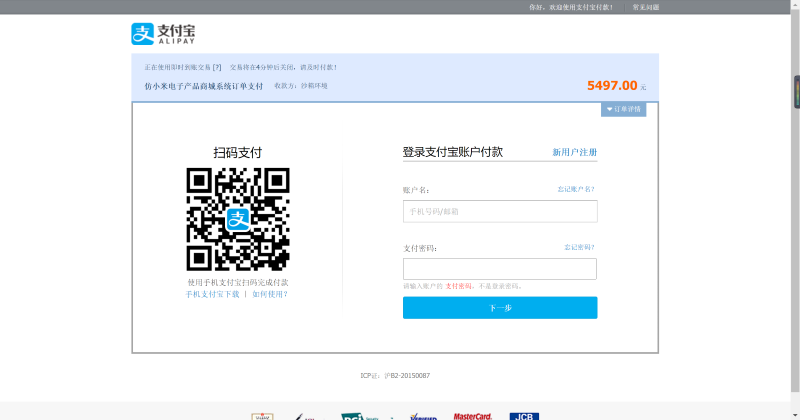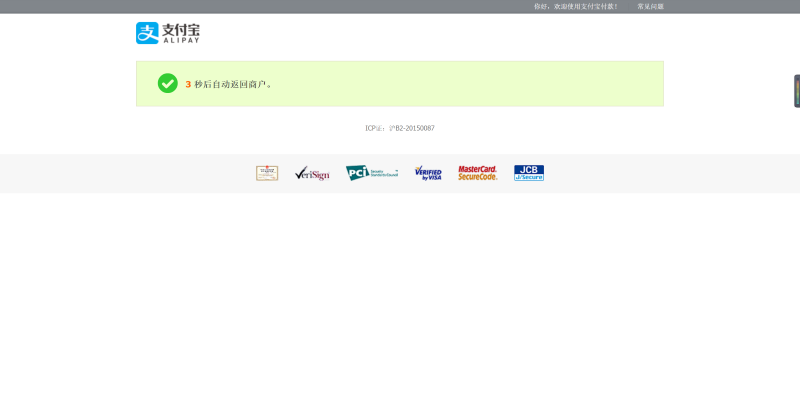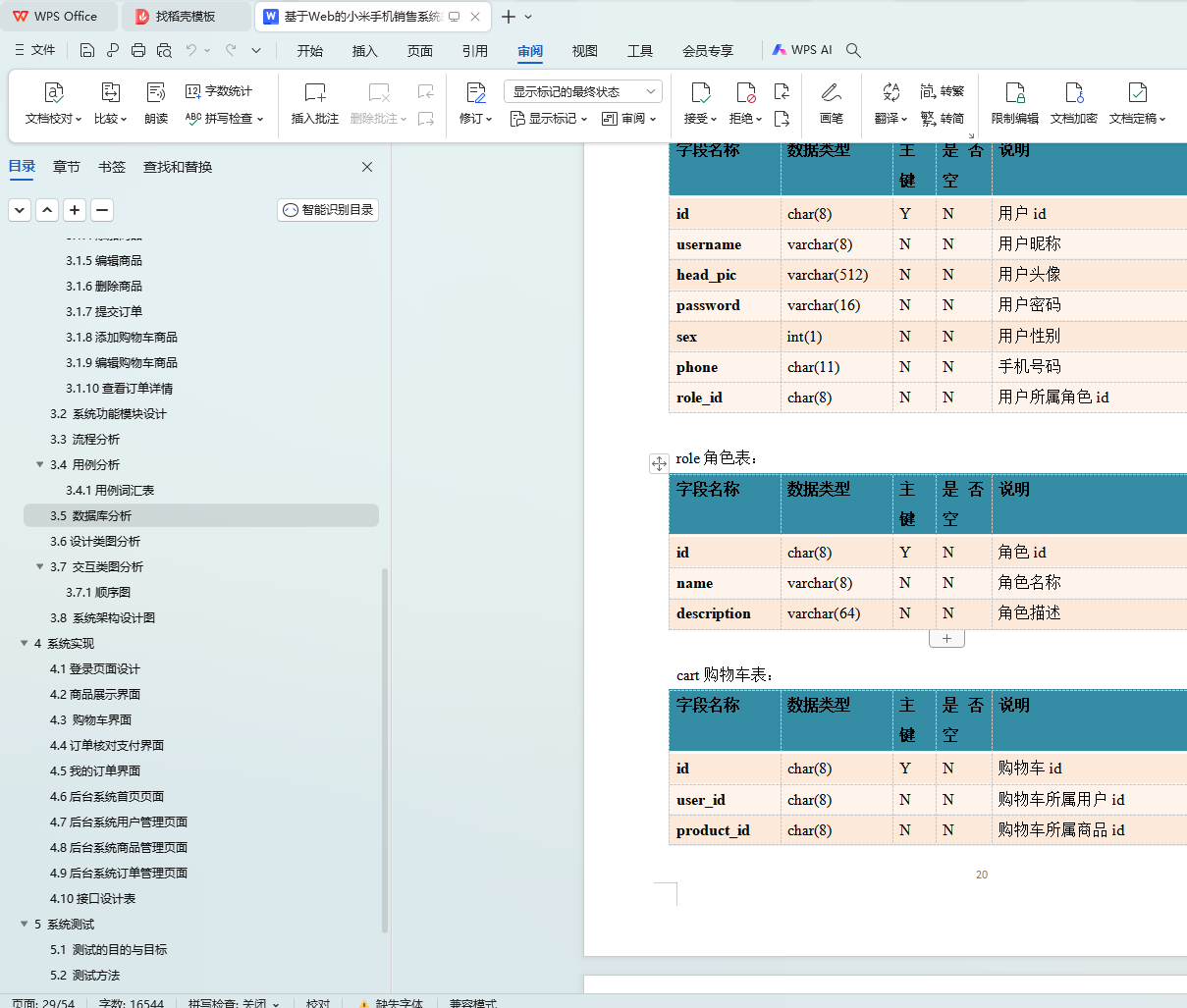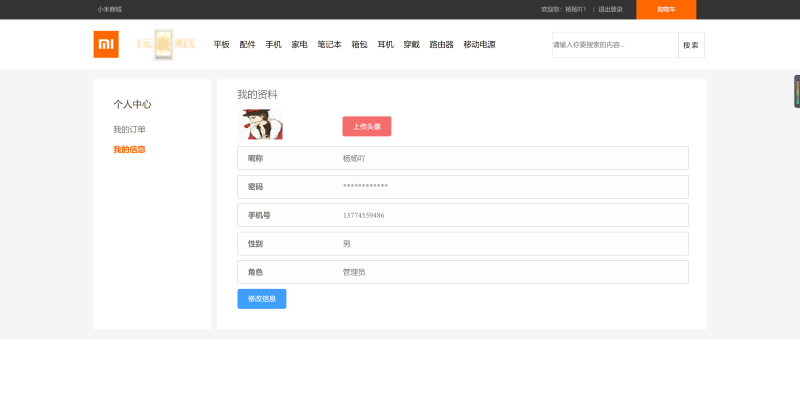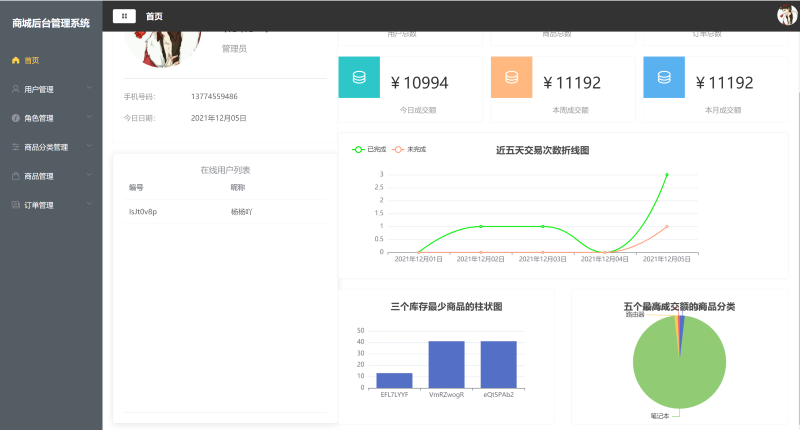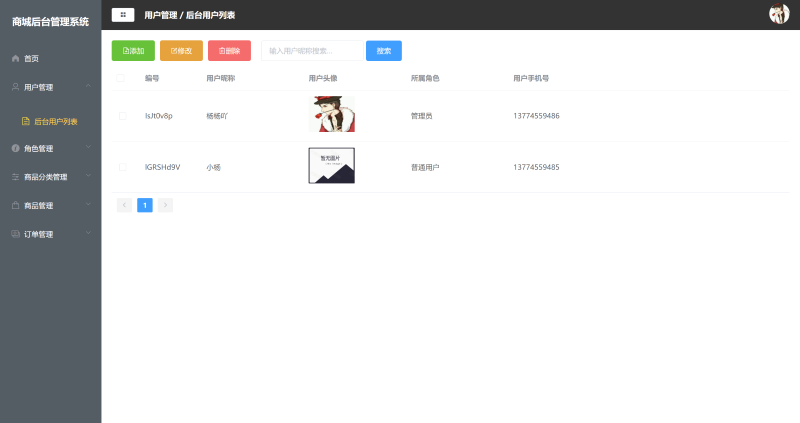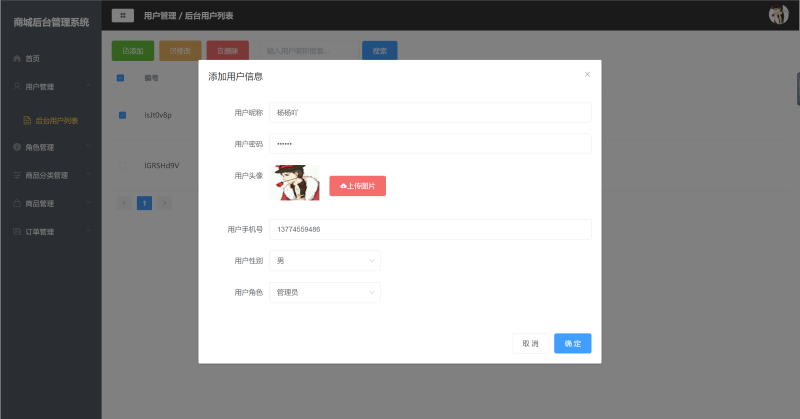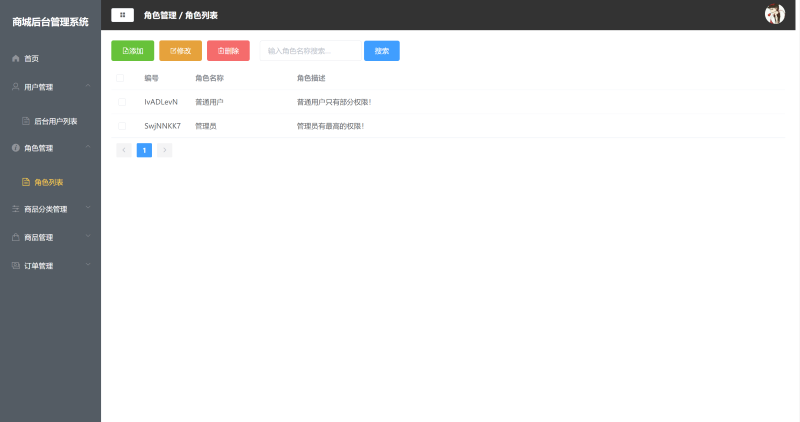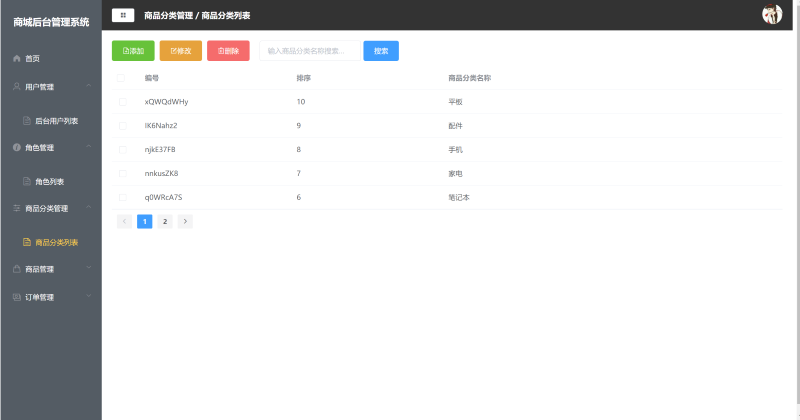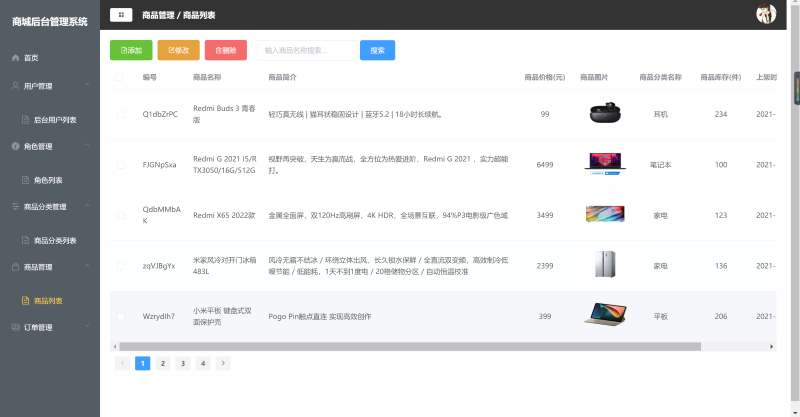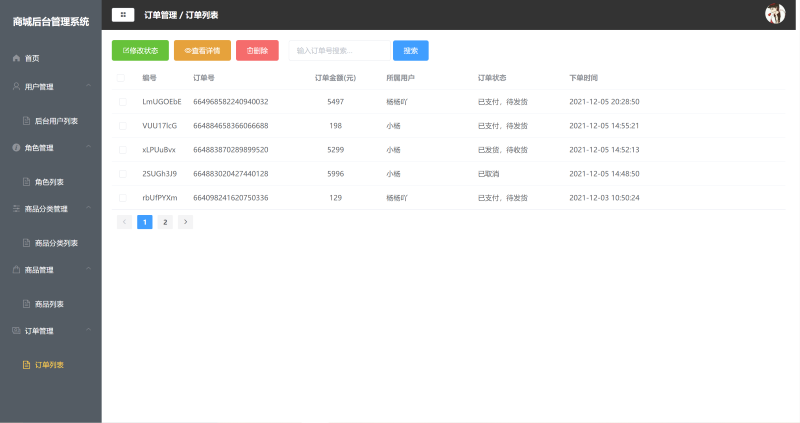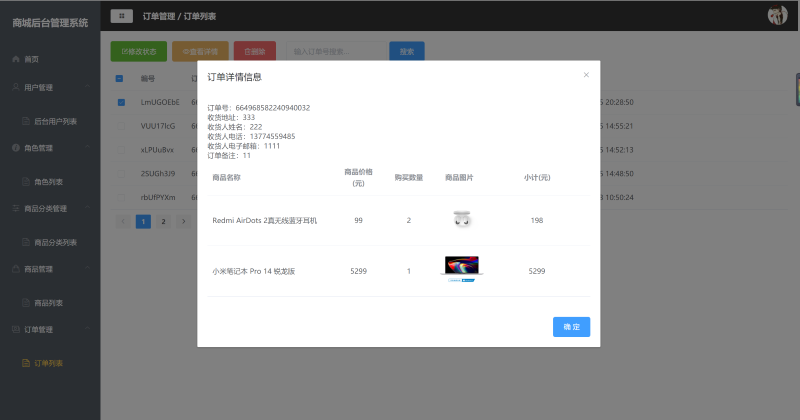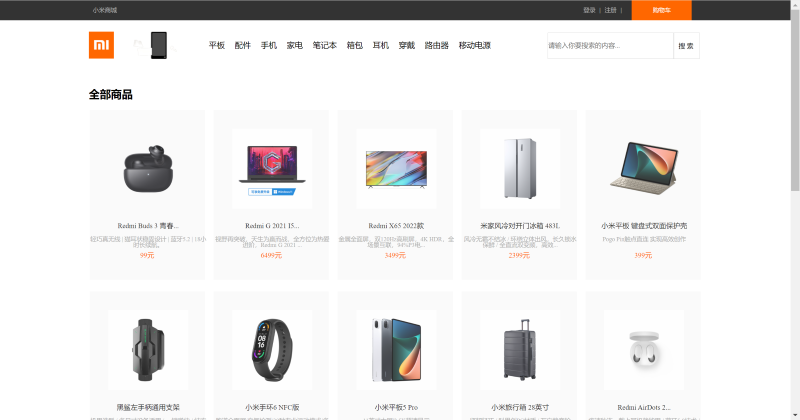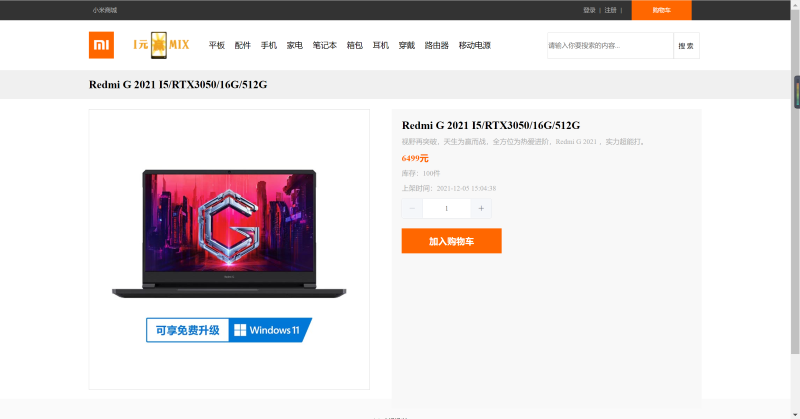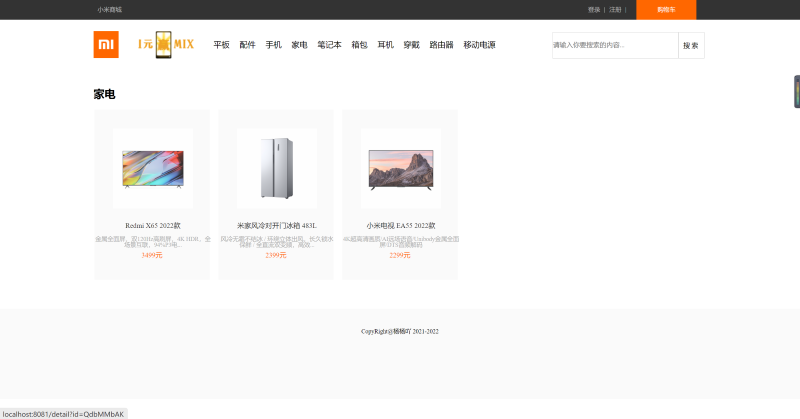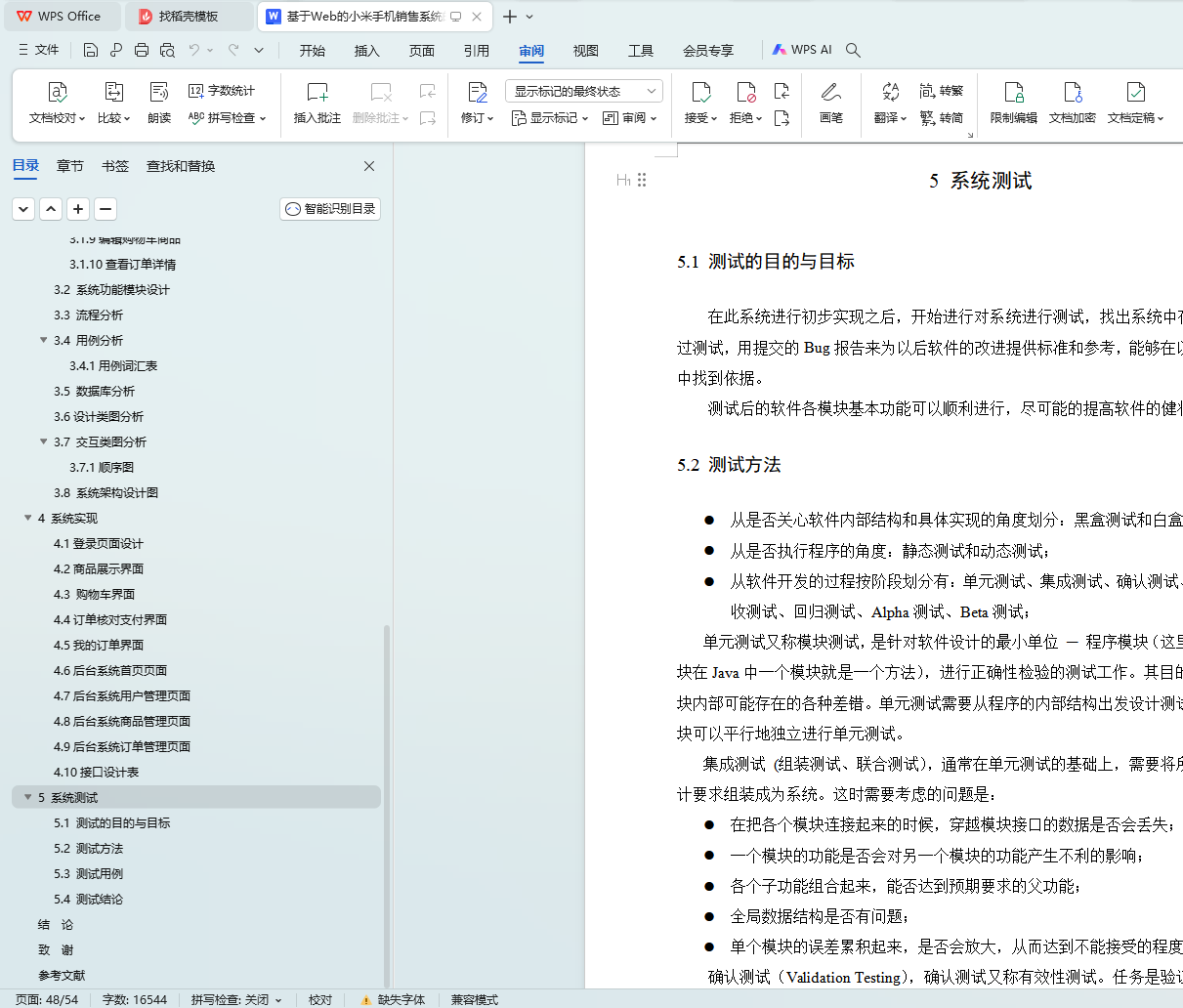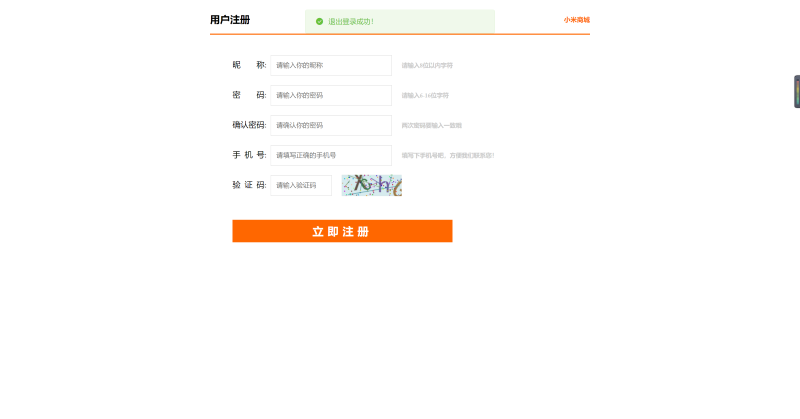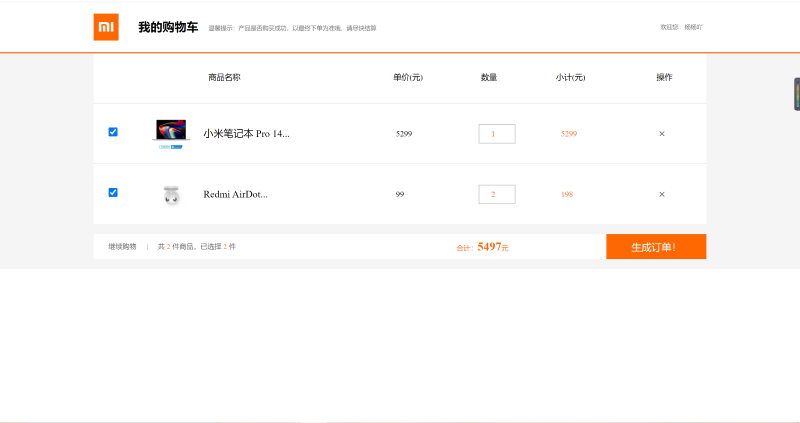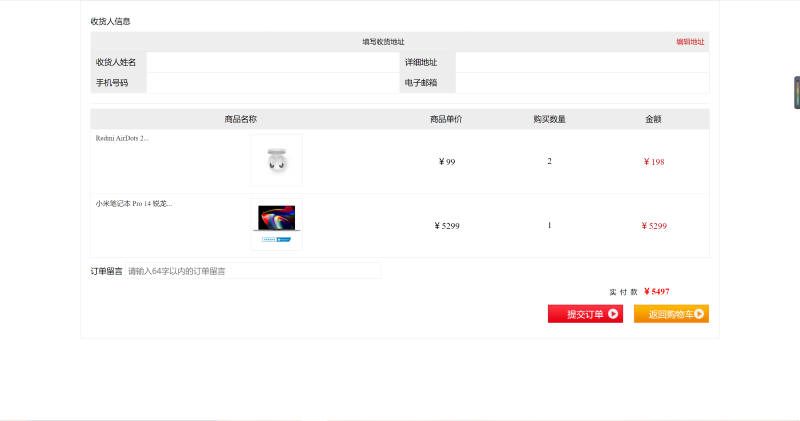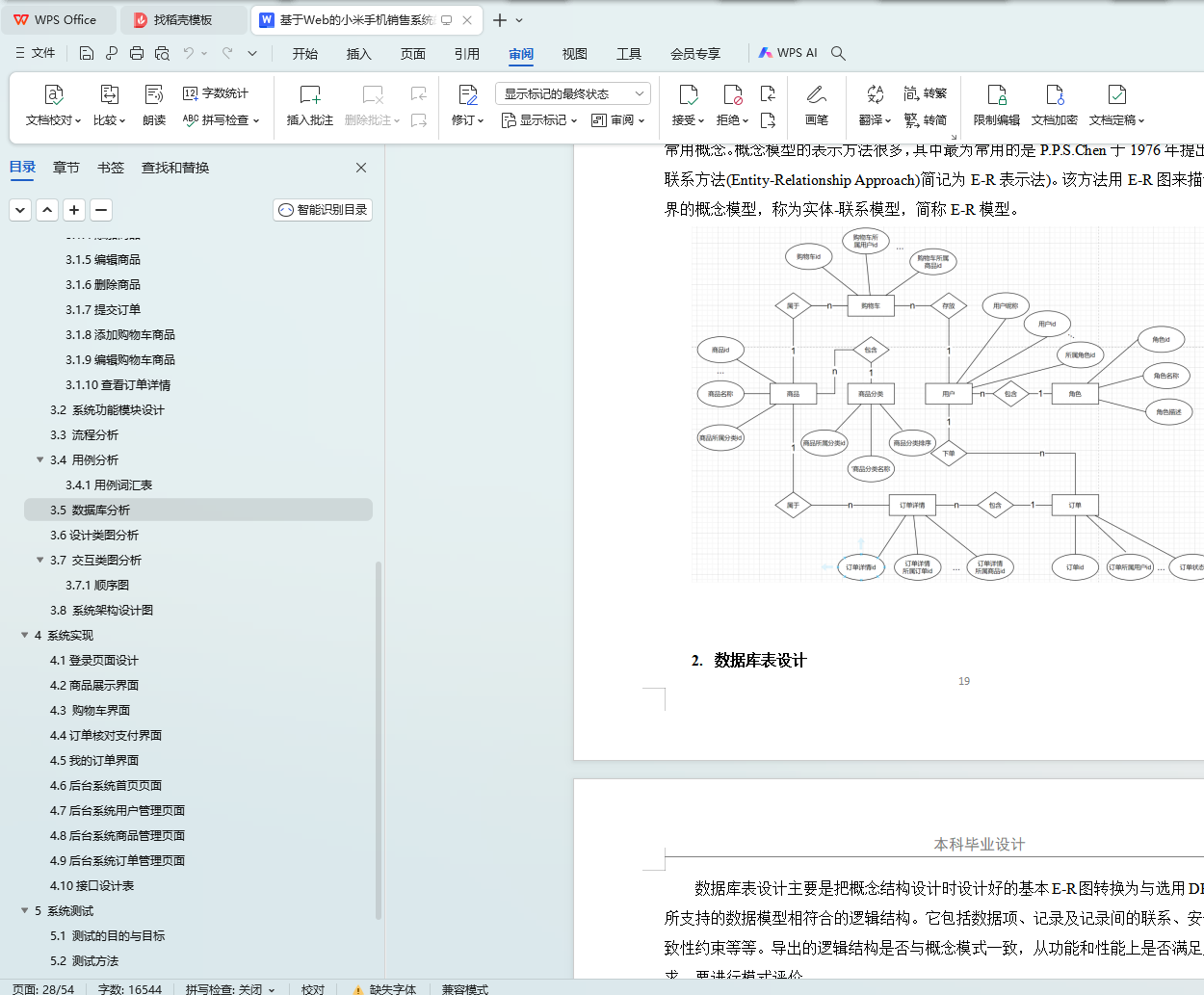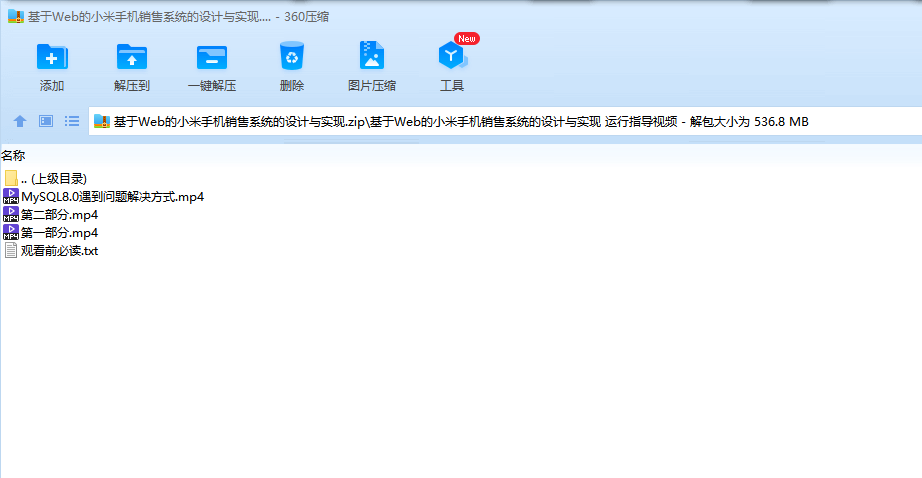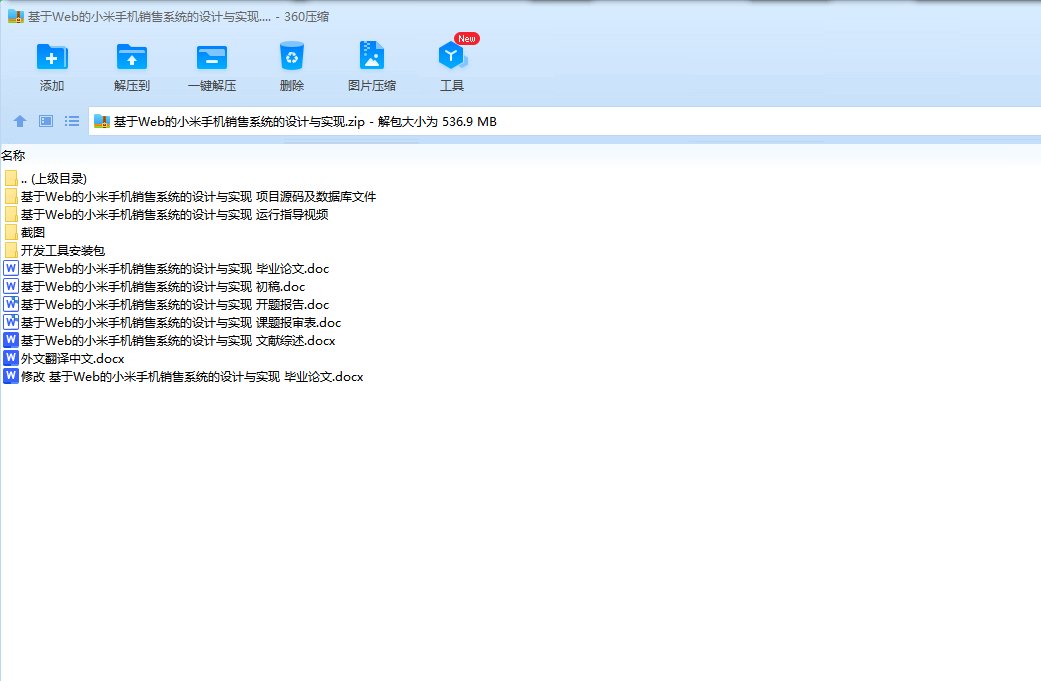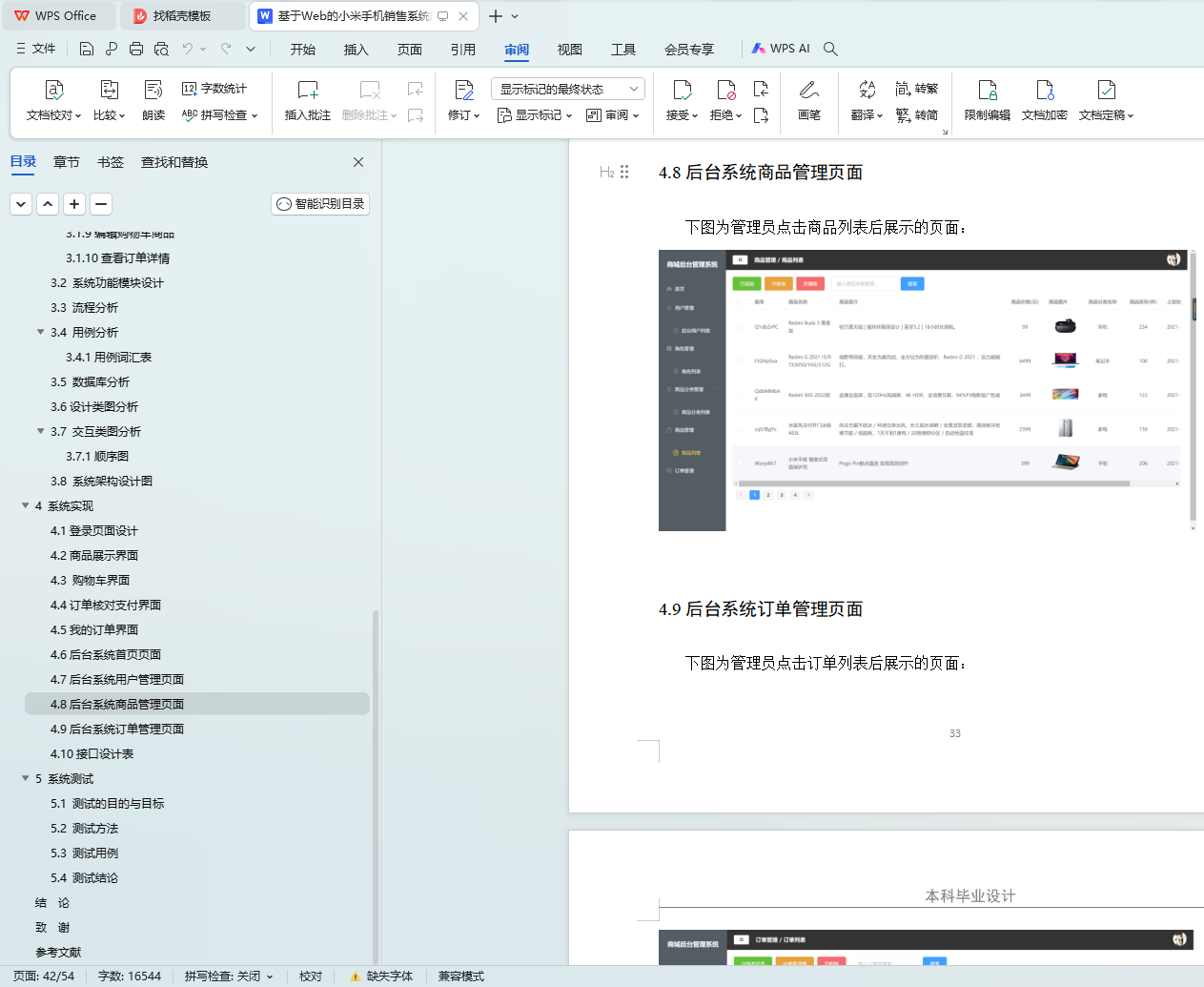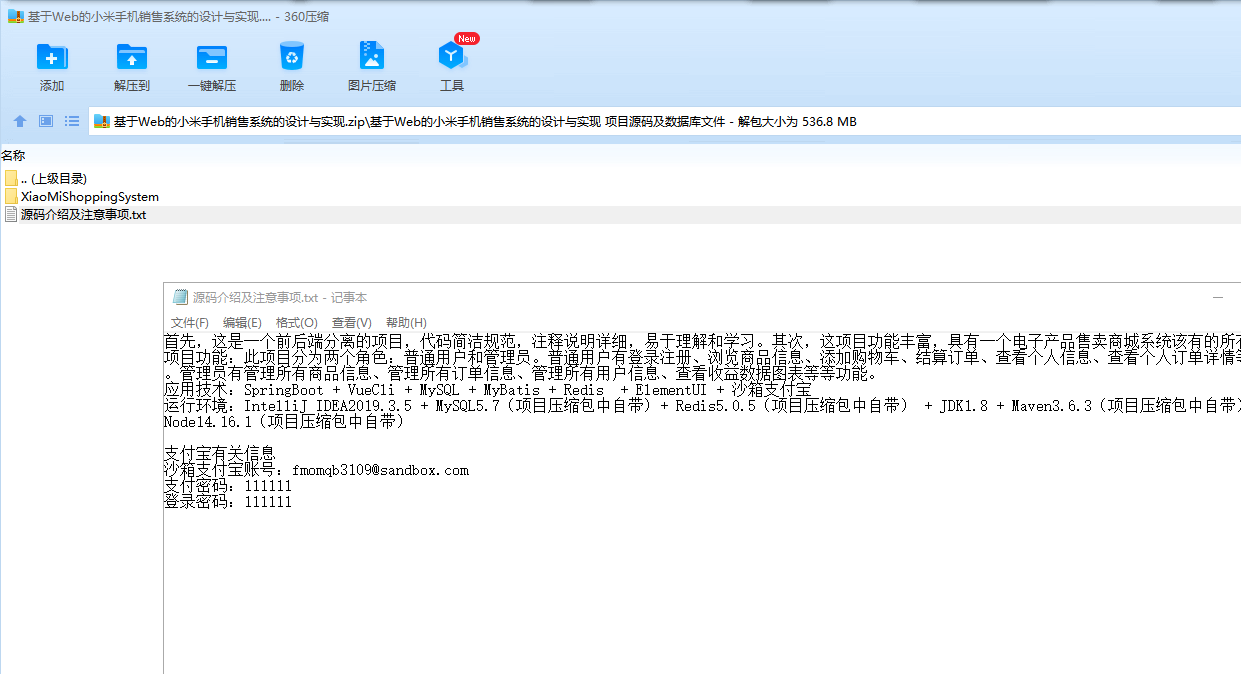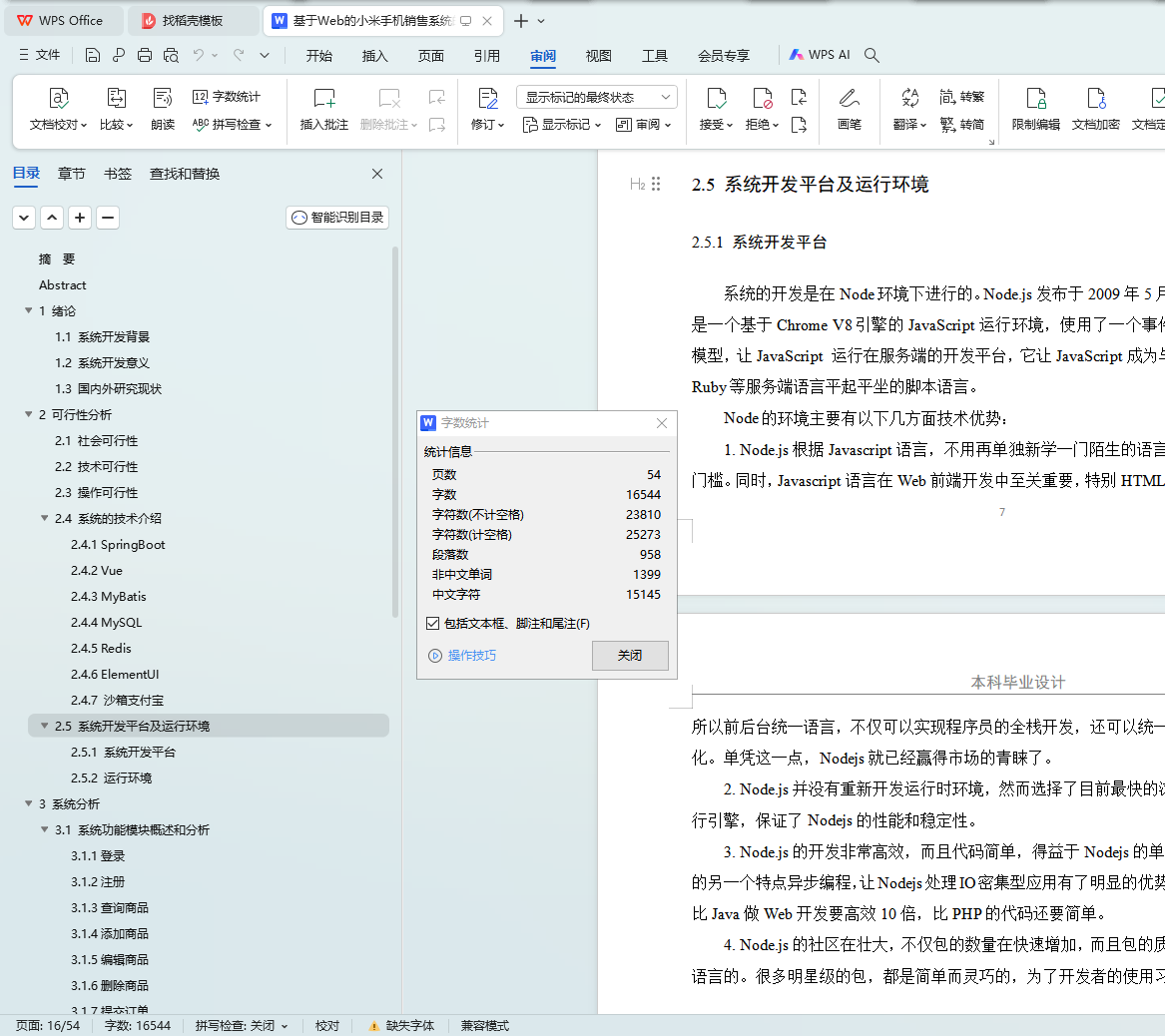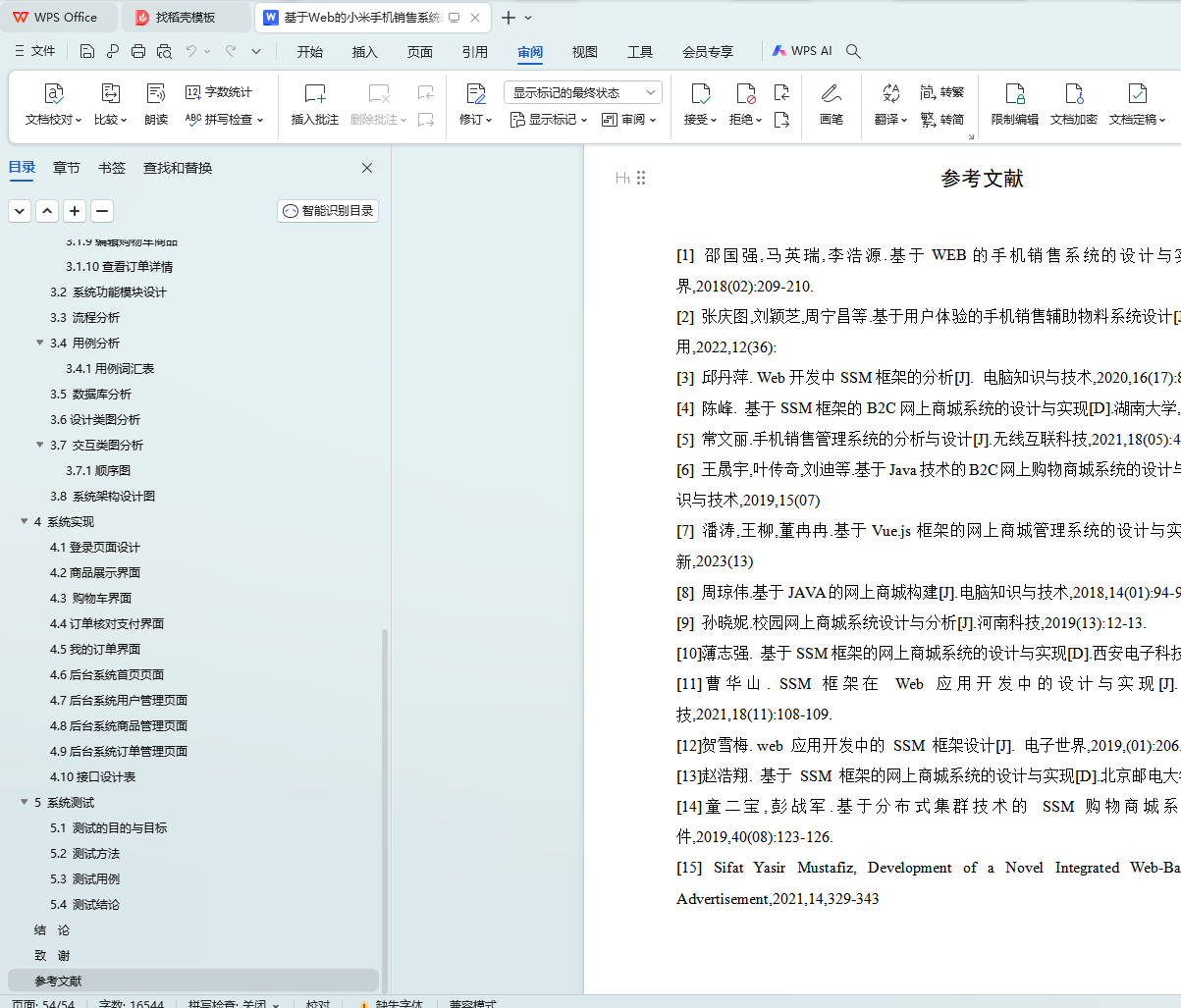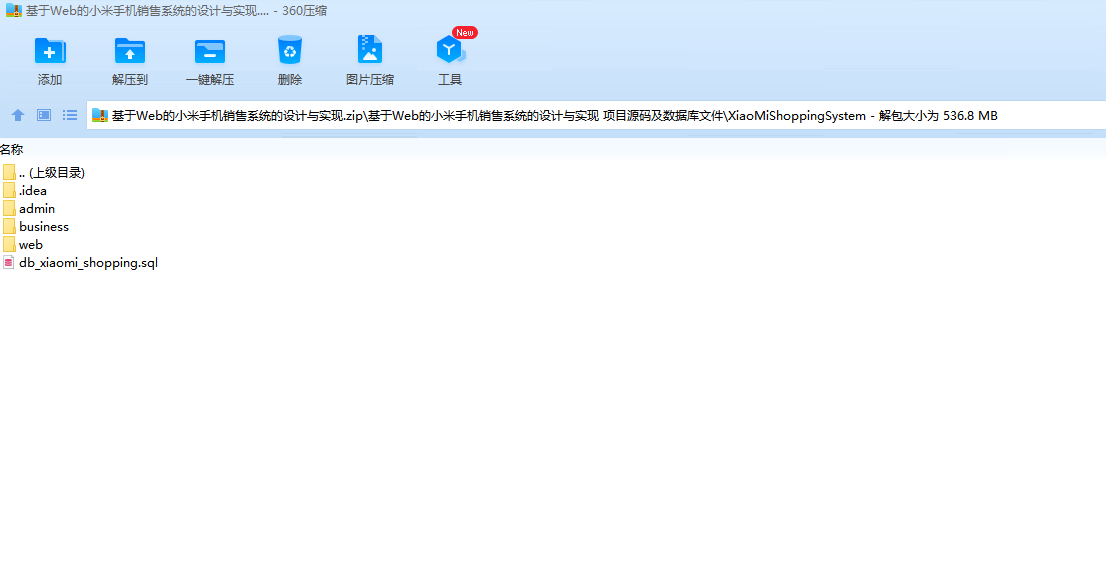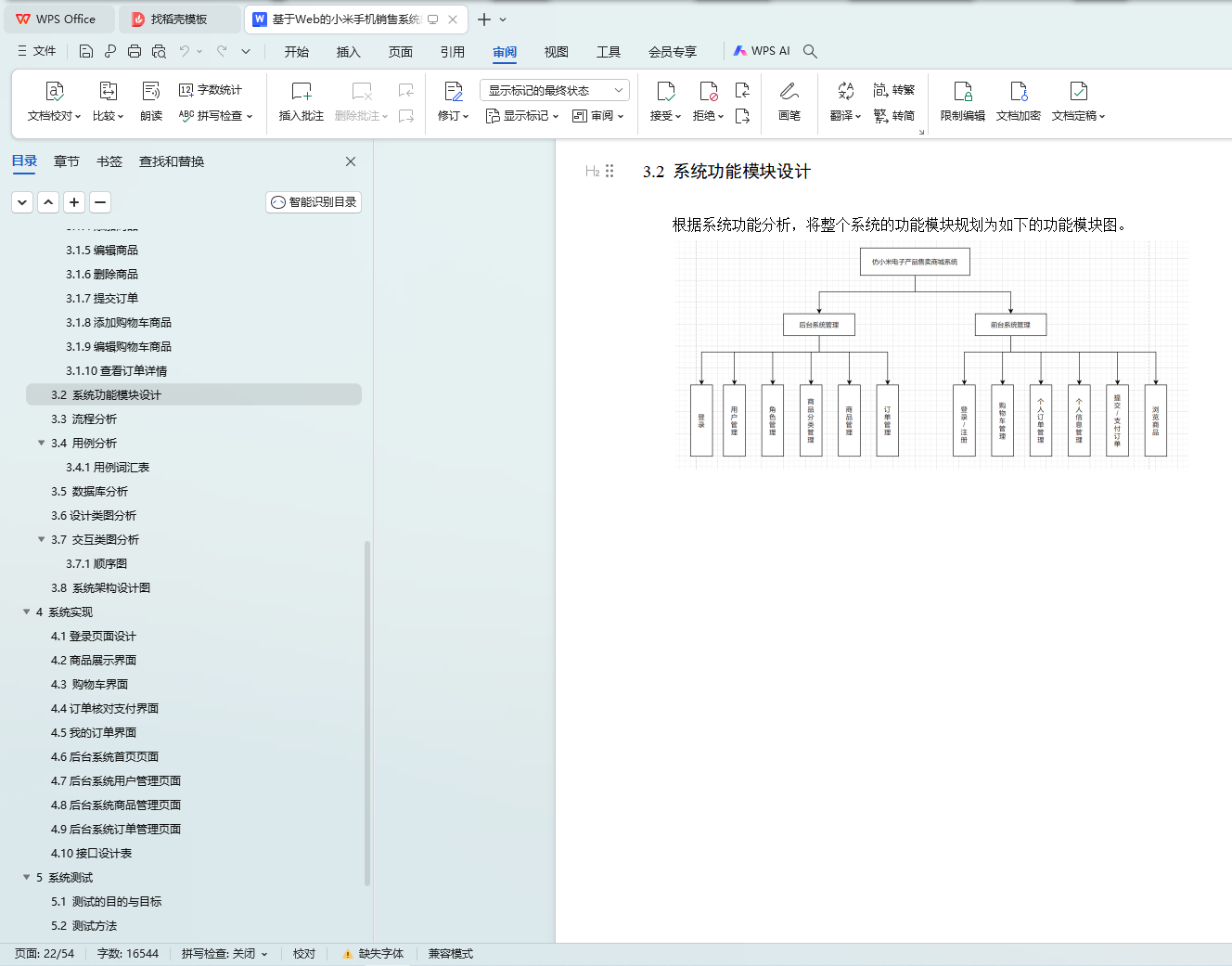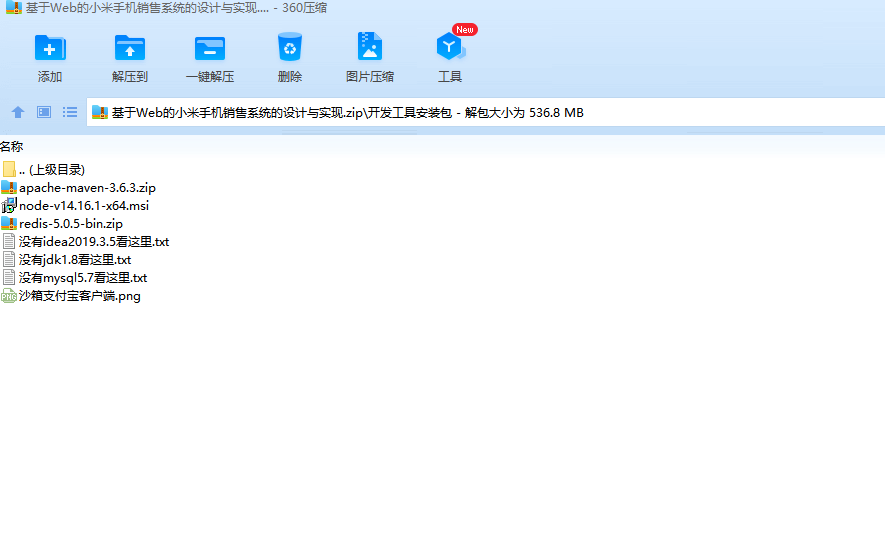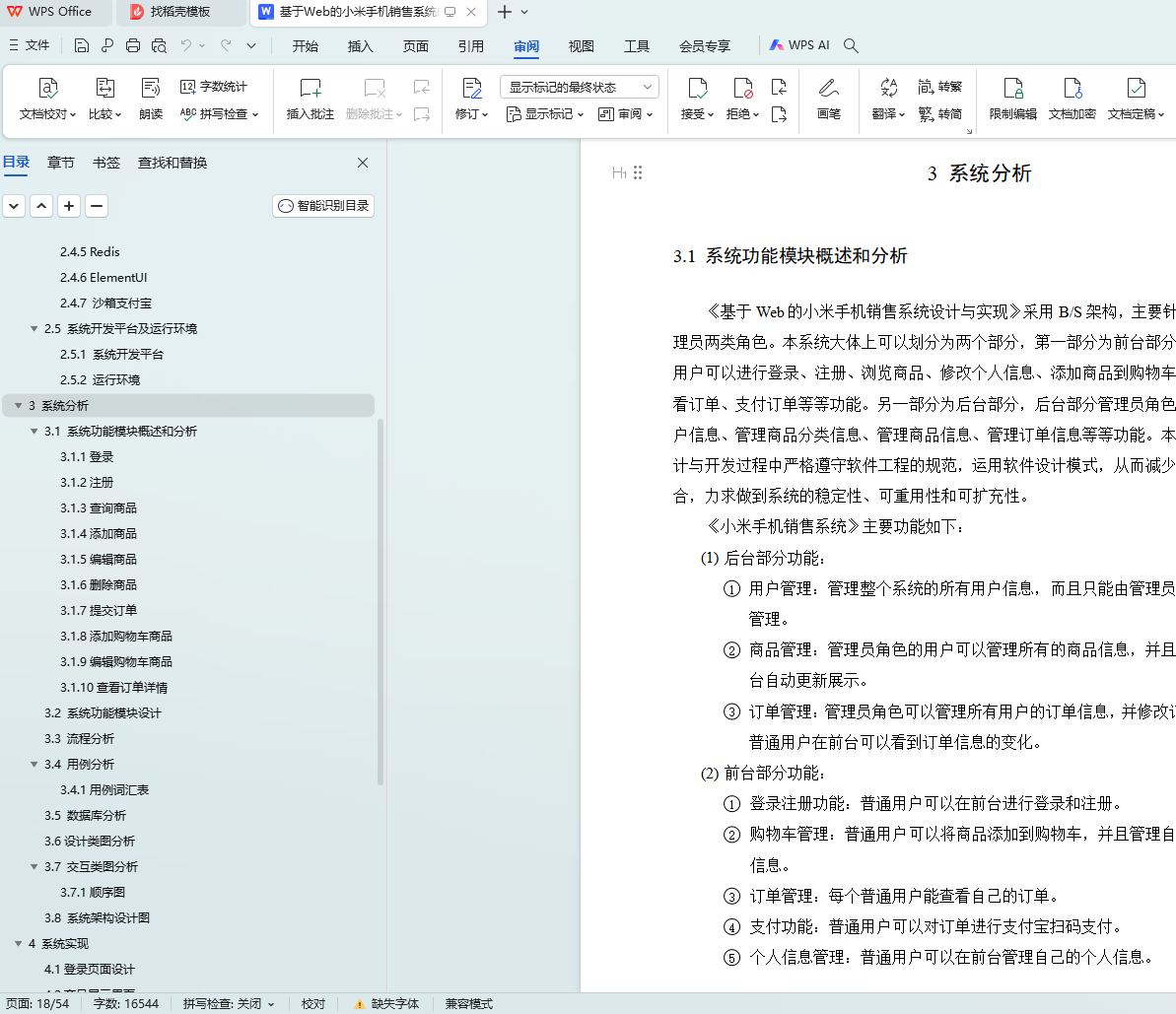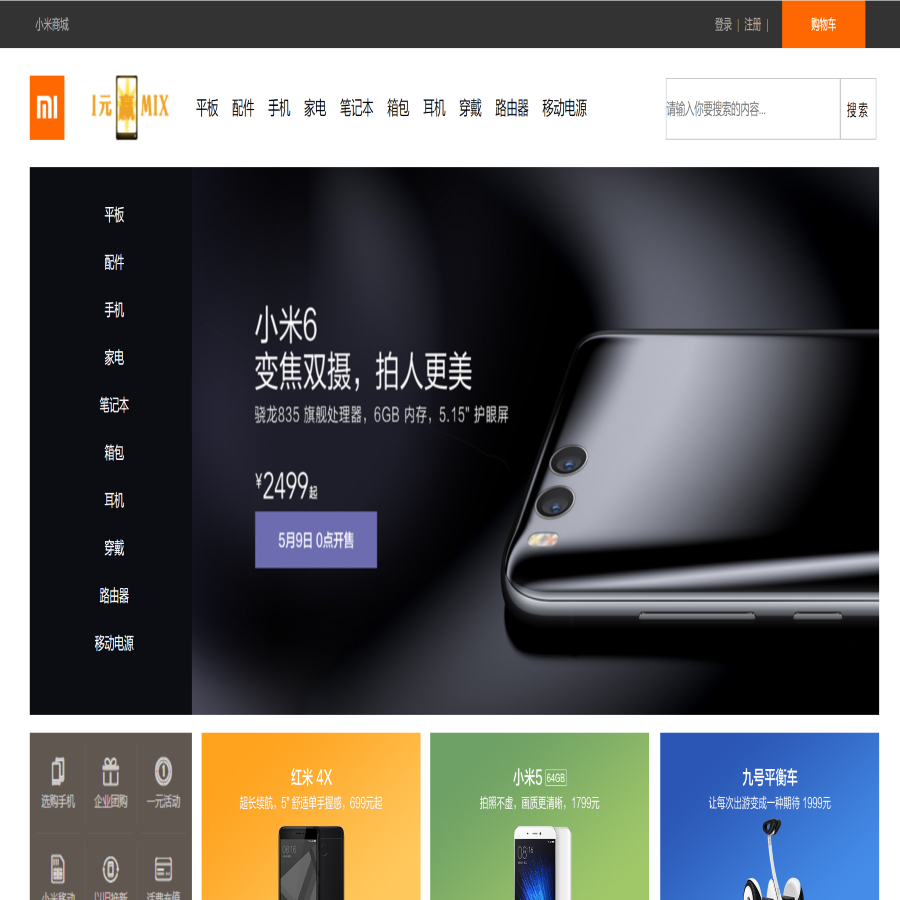基于Web的小米手机销售系统的设计与实现
摘 要
社会进入21世纪,社会进程不断加快,各项技术的发展成为了时代主角。以信息技术、互联网技术为代表代的新一代技术实现全球范围内的网络胡亮,建立了地球村,信息存储、加工、传递的效率在加快,行业的变革在发展,是人类历史最重要的发展时刻。
商品交易是社会经济发展的重点,商品交易是制造业产品的重要销售模块,也是人们满足日常生活所需的重要来源。商品交易的效率在很大程度上决定了经济发展水平。传统的商品交易模式在21世纪已经满足不了社会各个群体的需求,互联网技术结合传统的商品交易可以打破时间和空间壁垒,利用信息技术、移动支付技术、网络技术等快速的完善商品交易。越来越多的商家开始入驻电商平台,越来越多的消费者也开始在电商平台选购日常用品,电子商务平台相比较于普通门店经营没有门店成本,不需要招聘太多的业务人员、采购人员,只需要电脑和网络即可在虚拟的店铺进行商品的交易,大大降低了商品交易的成本,商品最终的成交价低,客户满意度高。
手机产品销售一般都是依赖各大商城或者专业门店进行销售,手机产品的价值一般较高,客户购买注重实物感受,商品运输的费用也比较高,所以在电子商务发展的初期手机产品线上销售并不被市场认可。但是随着物流成本低的降低,人们消费习惯慢慢转变,电商平台法律在不断的完善,手机产品的销售也开始往线上转移,传统的手机产品销售门店生意越来越惨淡。
结合电子商务的特点,结合某手机产品商城运营情况提出设计仿小米手机销售系统,实现功能模块包括商品管理、购物车管理、订单管理、用户管理等,利用电子商务来拓展手机产品销售渠道,实现传统手机产品销售模式的转型。
关键词:Web;手机产品;销售系统;Vue;SpringBoot
Abstract
In the 21st century, the social process is accelerating, and the development of various technologies has become the leading role of The Times. The new generation of technology represented by information technology and Internet technology has realized the global network Hu Liang and established a global village. The efficiency of information storage, processing and transmission is accelerating, and the reform of the industry is developing, which is the most important development moment in human history.
Commodity trading is the focus of social and economic development, and commodity trading is an important sales module of manufacturing products, and also an important source for people to meet the needs of daily life. The efficiency of commodity trading determines the level of economic development to a large extent. In the 21st century, the traditional commodity trading mode can no longer meet the needs of various social groups. Internet technology combined with traditional commodity trading can break the time and space barriers, and use information technology, mobile payment technology and network technology to quickly improve the commodity trading. More and more businesses began to enter electric business platform, more and more consumers also began in the electric business platform of choose and buy daily supplies, e-commerce platform compared to ordinary stores operating without store cost, do not need to recruit too many business personnel, purchasing personnel, only need computers and network in the virtual store goods trading, greatly reduces the cost of commodity trading, the final price is low, customer satisfaction is high.
The sales of mobile phone products generally rely on major shopping malls or professional stores for sales. The value of mobile phone products is generally high, customers pay attention to physical feelings, and the cost of commodity transportation is relatively high. Therefore, in the early stage of e-commerce development, the sales of mobile phone product line is not recognized by the market. However, with the reduction of low logistics costs, people's consumption habits are slowly changing, the laws of e-commerce platforms are constantly improving, the sales of mobile phone products are also begun to shift online, and the business of traditional mobile phone products is becoming more and more dismal.
Combined with the characteristics of e-commerce, combined with a mobile phone product mall operation design imitation millet mobile phone sales system, function module including commodity management, management, shopping cart management, user management, etc., use e-commerce to expand mobile product sales channels, realize the transformation of traditional mobile phone product sales model.
Key words: Web; mobile phone product; sales system; Vue; SpringBoot
目 录
摘 要
Abstract
1 绪论
1.1 系统开发背景
1.2 系统开发意义
1.3 国内外研究现状
2 可行性分析
2.1 社会可行性
2.2 技术可行性
2.3 操作可行性
2.4 系统的技术介绍
2.4.1 SpringBoot
2.4.2 Vue
2.4.3 MyBatis
2.4.4 MySQL
2.4.5 Redis
2.4.6 ElementUI
2.4.7 沙箱支付宝
2.5 系统开发平台及运行环境
2.5.1 系统开发平台
2.5.2 运行环境
3 系统分析
3.1 系统功能模块概述和分析
3.1.1登录
3.1.2注册
3.1.3查询商品
3.1.4添加商品
3.1.5编辑商品
3.1.6删除商品
3.1.7提交订单
3.1.8添加购物车商品
3.1.9编辑购物车商品
3.1.10查看订单详情
3.2 系统功能模块设计
3.3 流程分析
3.4 用例分析
3.4.1用例词汇表
3.5 数据库分析
3.6设计类图分析
3.7 交互类图分析
3.7.1顺序图
3.8 系统架构设计图
4 系统实现
4.1登录页面设计
4.2商品展示界面
4.3 购物车界面
4.4订单核对支付界面
4.5我的订单界面
4.6后台系统首页页面
4.7后台系统用户管理页面
4.8后台系统商品管理页面
4.9后台系统订单管理页面
4.10接口设计表
5 系统测试
5.1 测试的目的与目标
5.2 测试方法
5.3 测试用例
5.4 测试结论
结 论
致 谢
参考文献


